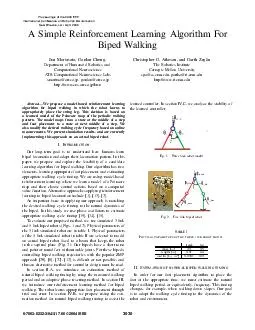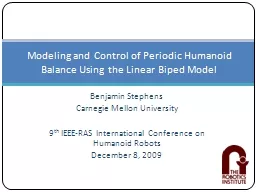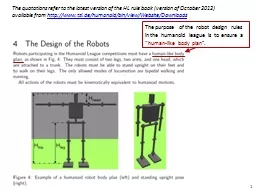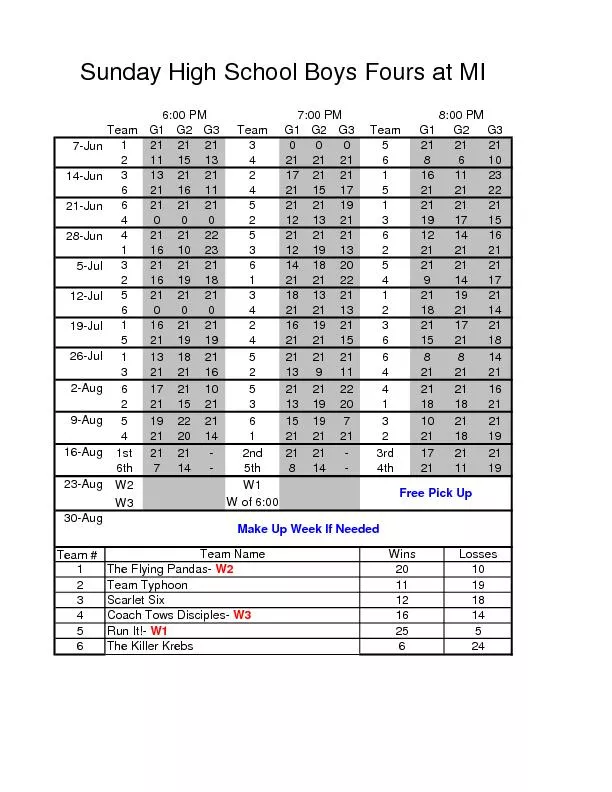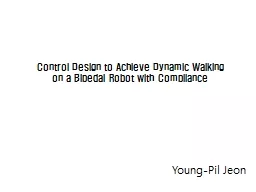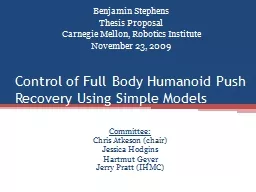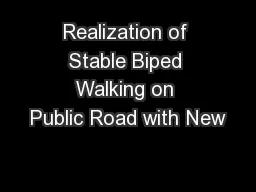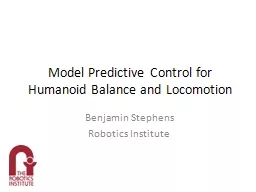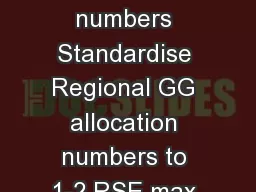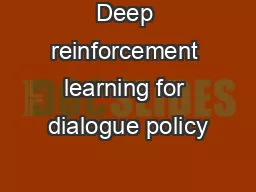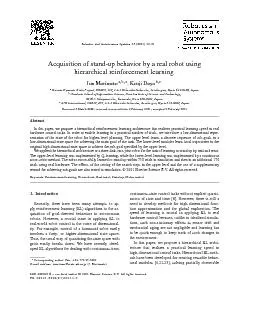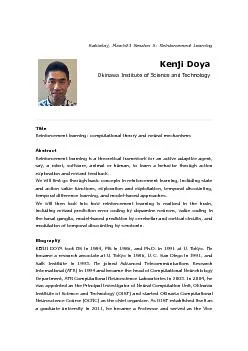PDF-A Simple Reinforcement Learning Algorithm For Biped Walking Jun Morimoto Gordon Cheng
Author : briana-ranney | Published Date : 2015-03-19
cojp gordonatrcojp httpwwwcnsatrcojphrcn Christopher G Atkeson and Garth Zeglin The Robotics Institute Carnegie Mellon University cgacscmuedu garthzricmuedu httpwwwricmuedu
Presentation Embed Code
Download Presentation
Download Presentation The PPT/PDF document "A Simple Reinforcement Learning Algorith..." is the property of its rightful owner. Permission is granted to download and print the materials on this website for personal, non-commercial use only, and to display it on your personal computer provided you do not modify the materials and that you retain all copyright notices contained in the materials. By downloading content from our website, you accept the terms of this agreement.
A Simple Reinforcement Learning Algorithm For Biped Walking Jun Morimoto Gordon Cheng: Transcript
Download Rules Of Document
"A Simple Reinforcement Learning Algorithm For Biped Walking Jun Morimoto Gordon Cheng"The content belongs to its owner. You may download and print it for personal use, without modification, and keep all copyright notices. By downloading, you agree to these terms.
Related Documents

